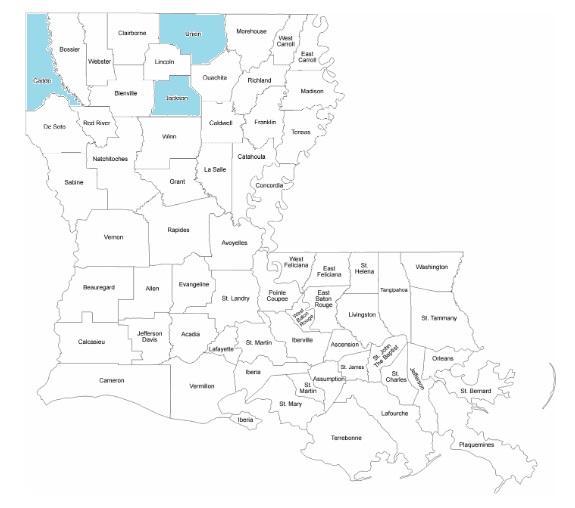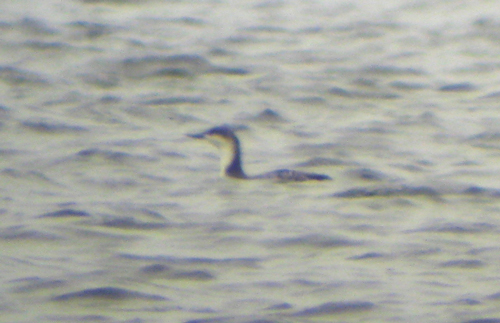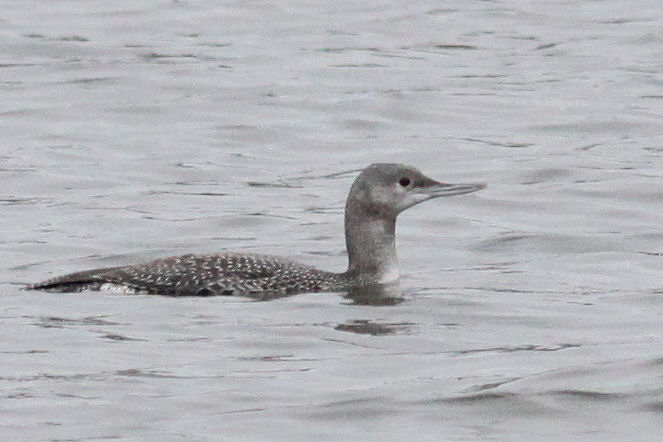


One in basic plumage (1992-05) on 1 Feb. 1992, Caddo: Cross Lake, approx. 1 mi. E end of causeway; Roger J. Breedlove, Charles E. Lyon, John P. Sevenair, and Julie Zickefoose (drawing only) (AB 46(2):275; LOS 147). This represents the first record of this species accepted by the Committee. Three additional records published in Lowery (1974) have not been reviewed by the Committee.
One (2009-13) on 24-25 January 2009, Jackson: Womack, Caney Creek Reservoir;
Devin Bosler
(ph),
Justin Bosler,
Michael Musumeche,
(ph),and
Jay Huner.
This represents the first state record with hard evidence.

Photo by Devin Bosler
One (2014-032) on 2-15 November 2014, Union: Lake D'Arbonne, W of boat launch spur, N of Hwy. 33
(15) bridge;
Stephen L. Pagans
(ph),
Willie Matthews,
Mary Mehaffey, and Devin Bosler (ph). This is the third accepted state occurrence.

Photo by Stephen L. Pagans
One (1998-032) on 12 March 1998, Lafourche: Pass Fourchon. Although the description was suggestive, photos ultimately confirmed that the bird was a Common Loon.
One in definitive basic plumage (98-42) on 23 Mar 1998, Gulf of Mexico: 62 mi. S of Marsh Island, South Marsh Island 66C oil platform, 28o38'48"N, 91o56'15"W. Although most members believed that this bird was possibly correctly identified, most also believed that a conservative approach was warranted and did not accept this record because of the brevity of the observation (one minute; it was a "fly-by") combined with the species� status in the state (hypothetical- only one accepted sight record).
One in breeding (or nearly so) plumage (2002-098) on 27 April 2002, Iberville: 3.7 mi. N St. Gabriel, 545 Pecan Drive; (ABF card-only includes fieldnotes). This was a brief fly-over observation that, if accepted, would represent the second state occurrence. Dissenting Members were ultimately concerned with the lack of hard evidence and that the plumage described was not expected at that time of year. Accepting Members believed the circumstances of the record and the technology of the time would have made more extensive documentation difficult at best but were willing to accept the written description from an experienced observer, and fieldnotes with a sketch as sole documentation was sufficient.